Answered step by step
Verified Expert Solution
Question
1 Approved Answer
Can someone fix and check if my .c file and Makefile are correct? Need 2 things: .c file with the name LastNameLKM.c Makefile you use
Can someone fix and check if my ".c" file and "Makefile" are correct?
Need 2 things:
".c" file with the name "LastNameLKM.c"
Makefile you use to build it
My screenshots:


Instructions:
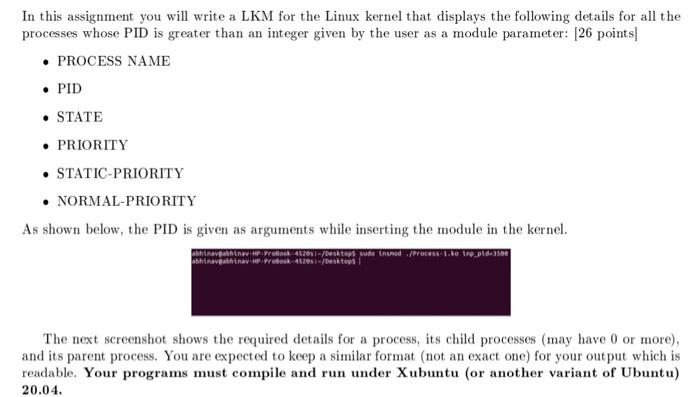
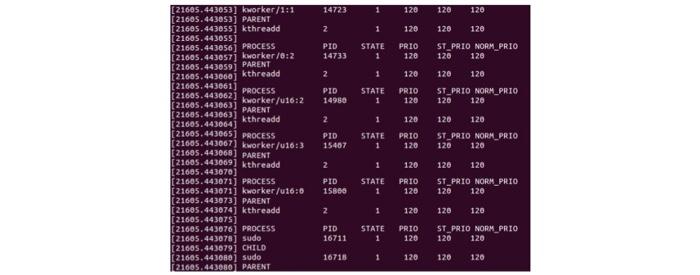
There is also a "Writeup" that is also required (check last photo below).
NEED:
LastNameLKM.c
Makefile
Writeup
Extra information:
You will implement a loadable kernel module that uses Linux data structures
to display details about the processes executing in the kernel.

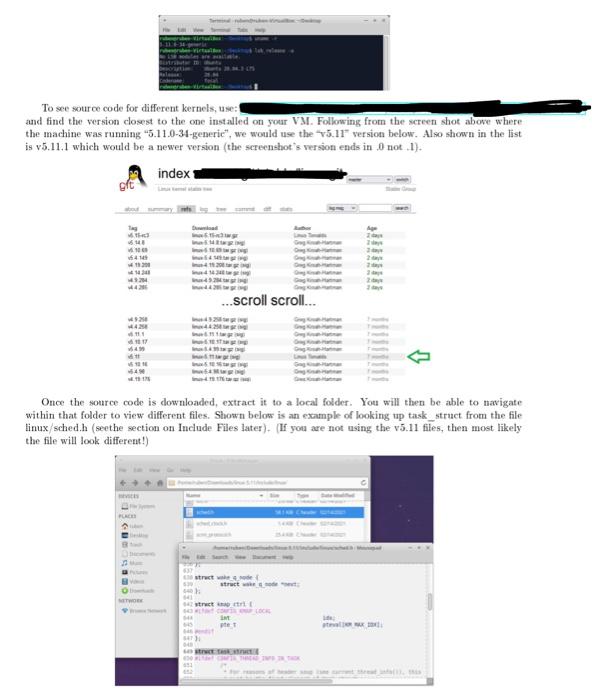
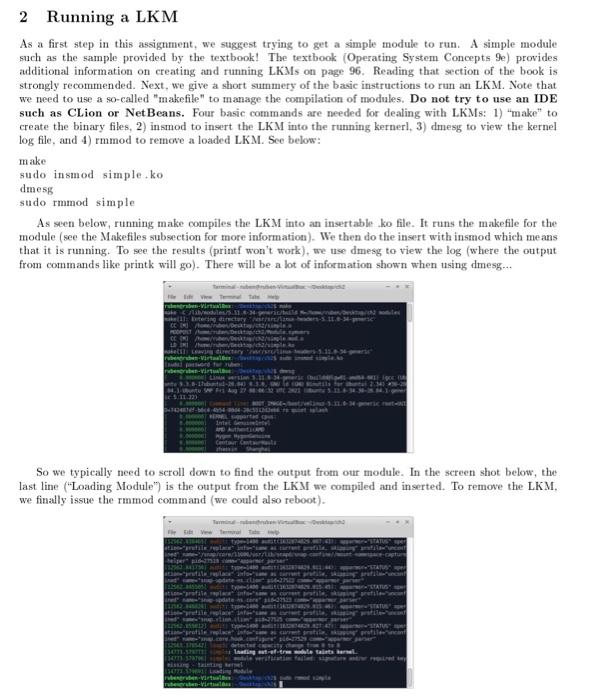
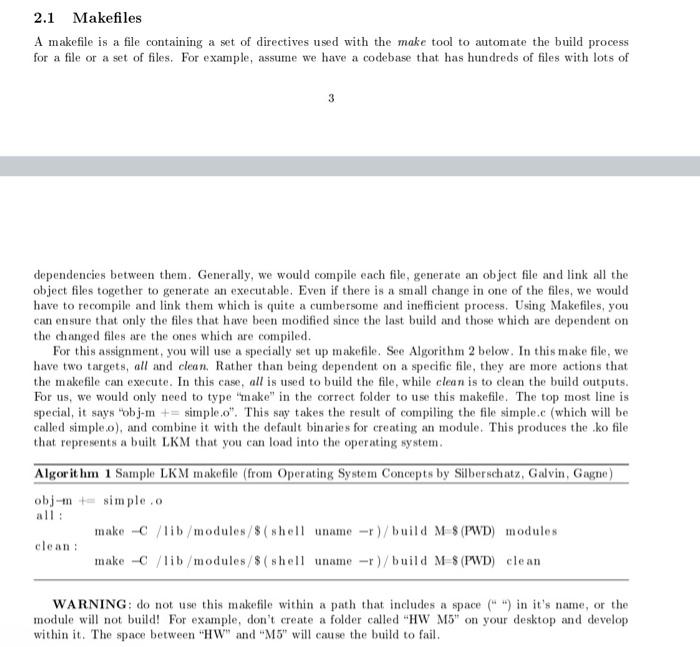
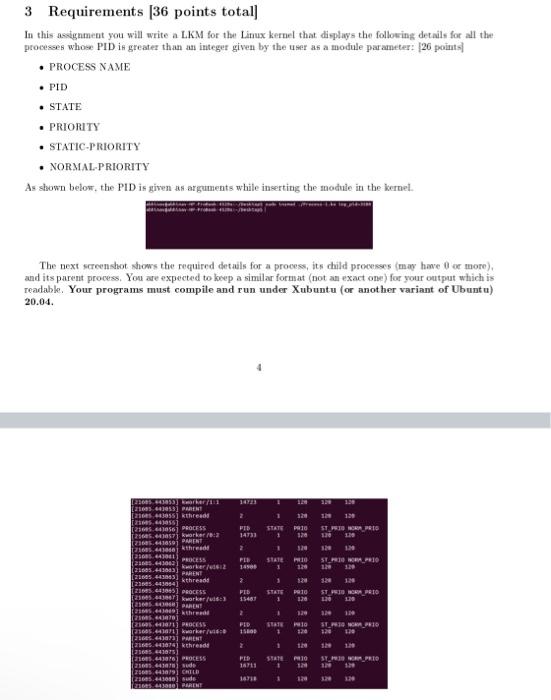
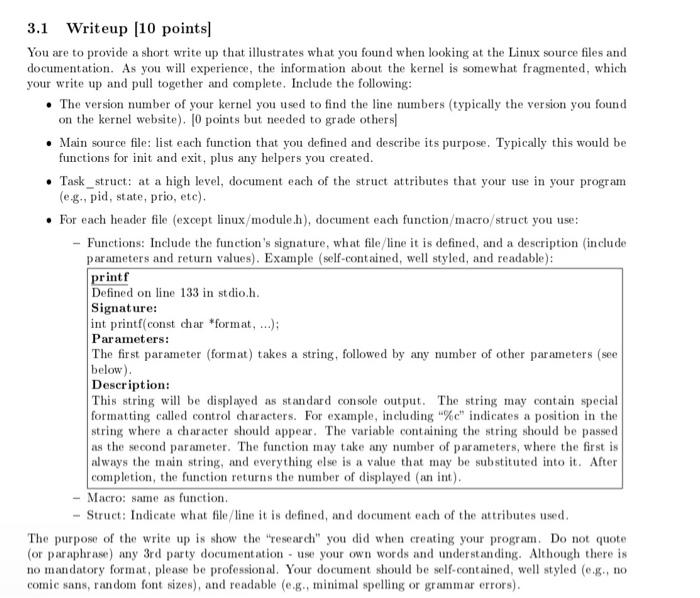
Step by Step Solution
There are 3 Steps involved in it
Step: 1
To fix your c file and Makefile for the loadable kernel module LKM in Linux lets go through both step by step including necessary corrections and impr...
Get Instant Access to Expert-Tailored Solutions
See step-by-step solutions with expert insights and AI powered tools for academic success
Step: 2

Step: 3

Ace Your Homework with AI
Get the answers you need in no time with our AI-driven, step-by-step assistance
Get Started


